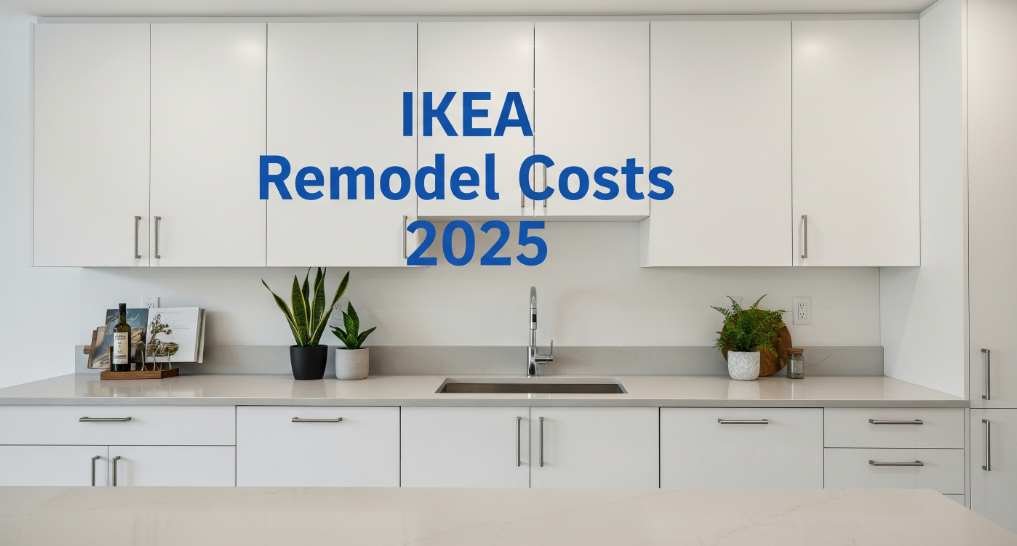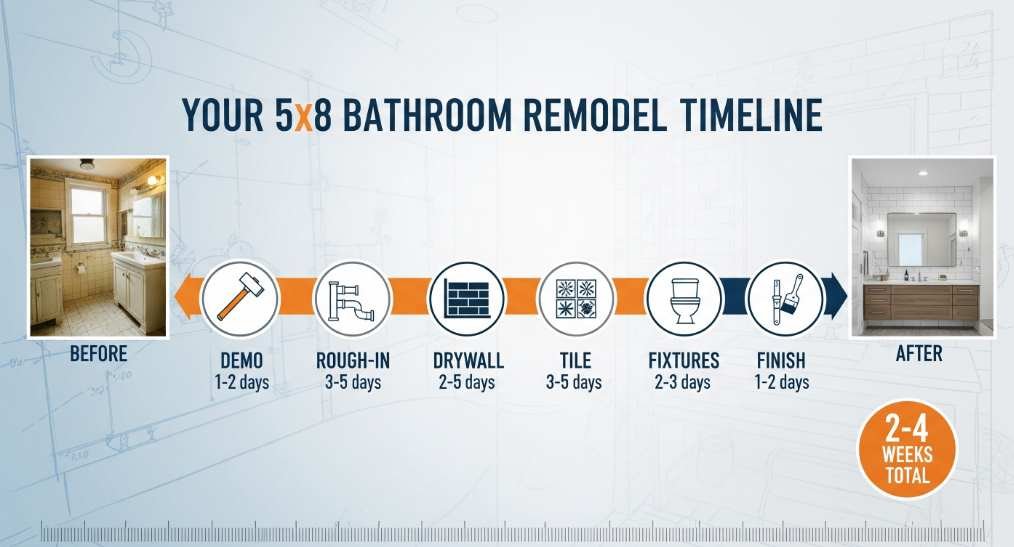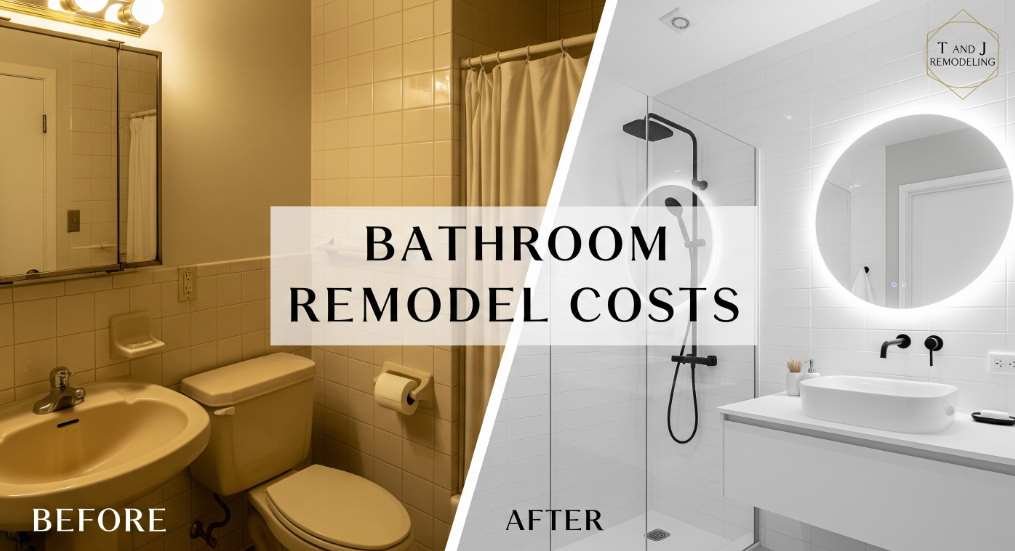Table of Contents
ToggleBefore starting the work, you must clearly understand the remodeling process to avoid common pitfalls in kitchen remodeling. Set a realistic budget since kitchen remodeling is expensive, especially if you want to install high-end appliances, custom cabinetry, or luxury countertops.
Consider functionality over aesthetics and trends to ensure convenience and comfort. Know your needs for lighting, storage, counter space, and others.
Hiring the right professional is another key step for successful kitchen remodeling. Research contractors and get quotes from different service providers to find the right one.
15 Things To Know Before Remodeling Your Kitchen
1. Set a Realistic Budget
Adhering to your goal makes setting a realistic budget for kitchen renovation possible. For example, you might start by planning only to remodel the kitchen space. However, if you change the paint on the wall after beginning the work, you can’t cope with your budget.
However, changing the kitchen layout is always the best way in the long run. To do this, start by setting a budget plan. The plan will cover material costs, labor costs, and any additional costs like unexpected repairs.
You should contact kitchen remodeling professionals to set the budget. Here is a brief idea of the overall kitchen renovation budget.
| Type of Kitchen | Size in Sq. ft. | Renovation Type | Total Remodeling Cost (Average) | Cost Per Square Foot |
| Small Kitchen | Less than 100 sq. ft. | Minor | $10,000-20,000 | $100-200 |
| Medium Kitchen | 100-200 sq. ft. | Major | $20,000-65,000 | $20-350 |
| Large Kitchen | Over 200 sq. ft. | Complete | $65,000-1,00,000 | Above $350 |
2. Understand Common Kitchen Layouts and Assess Your Current Kitchen Layout
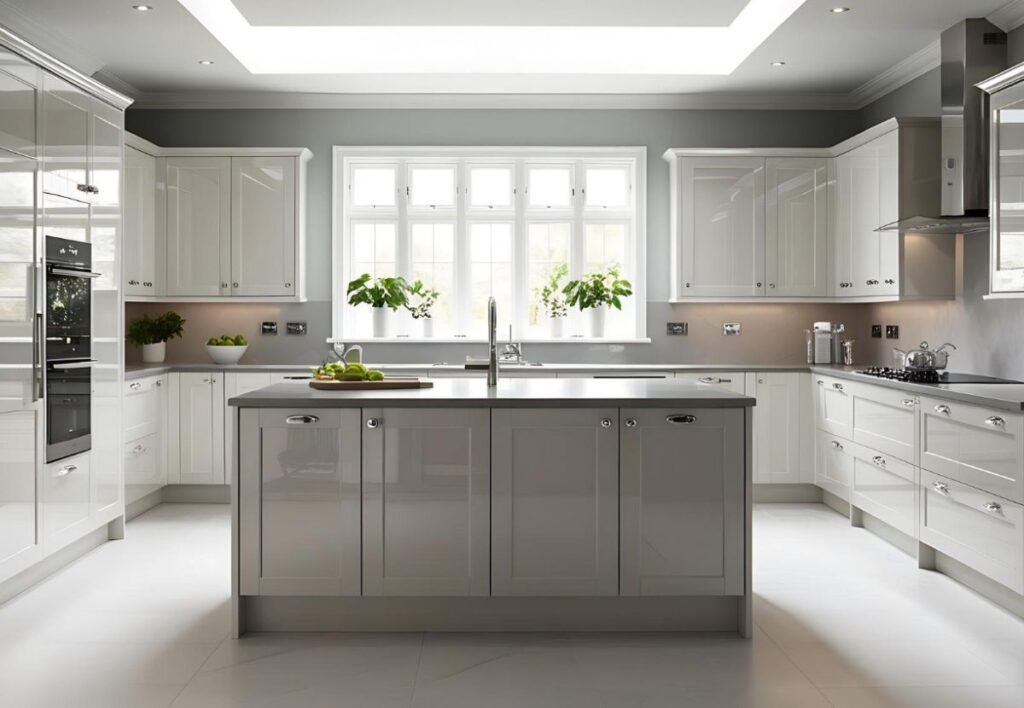
Remodeling the kitchen involves changing the current layout to a popular one. The most popular kitchen layouts are the galley kitchen, the L-shaped kitchen, the U-shaped kitchen, and the one-wall kitchen.
The L-shaped configuration has countertops with two adjacent walls. It perfectly matches both small and medium-sized kitchens.
Another option for the small kitchen renovation is a one-wall kitchen. This layout features all of the appliances and countertops on one wall.
If you want a large kitchen, a U-shaped one will be right. This layout has countertops along three sides.
However, a proper assessment is the key to ensuring the best layout for your kitchen. To assess your current kitchen layout, measure the room’s dimensions and openings first. Measuring doors and windows, countertops’ depth, size of essentials, etc., will help with remodeling.
3. Importance of Kitchen Cabinets
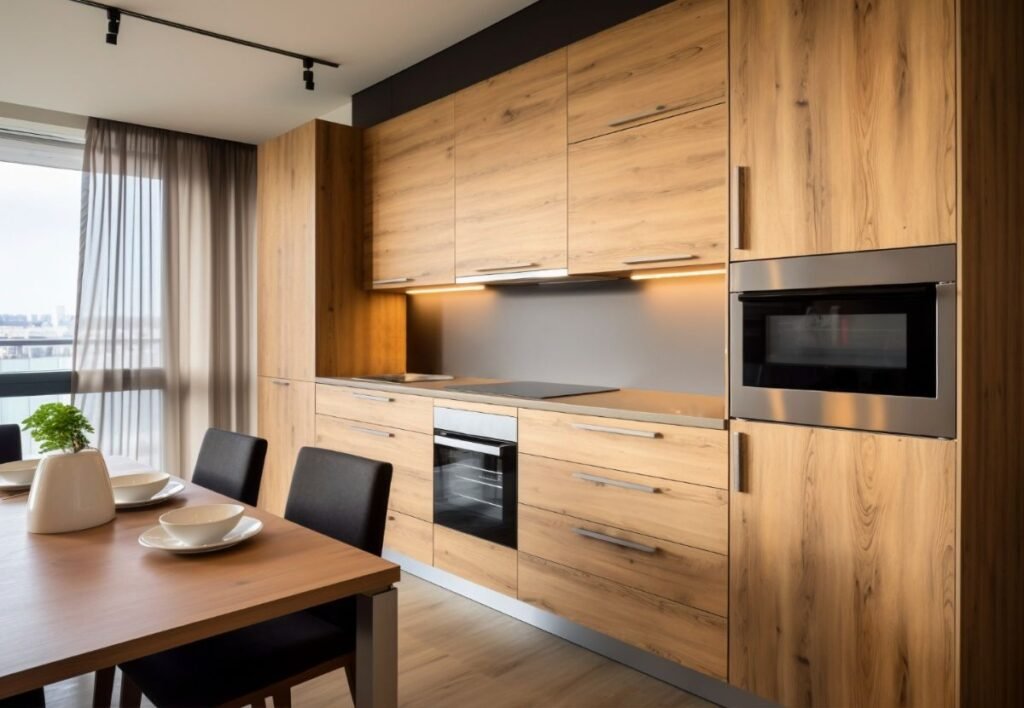
Two types of cabinets are trending nowadays: base cabinets and upper cabinets. Base cabinets are useful for regular cooking essentials. On the other hand, the upper cabinets are used to store dishes, glassware, and other items. They are suitable for maximizing vertical space.
If you’re looking for a small kitchen renovation, a combination of base and upper cabinets is often the best option. Minimalist, compact cabinets with pull-out shelves are ideal here for maximizing storage.
Medium-sized kitchens have more space than small kitchens. So, they can have more cabinetry with additional features such as corner cabinets or pull-out drawers.
Large kitchens with expansive base cabinets and deep drawers can increase your workflow. Moreover, you can customize them for added storage.
4. Selecting the Right Countertop Material
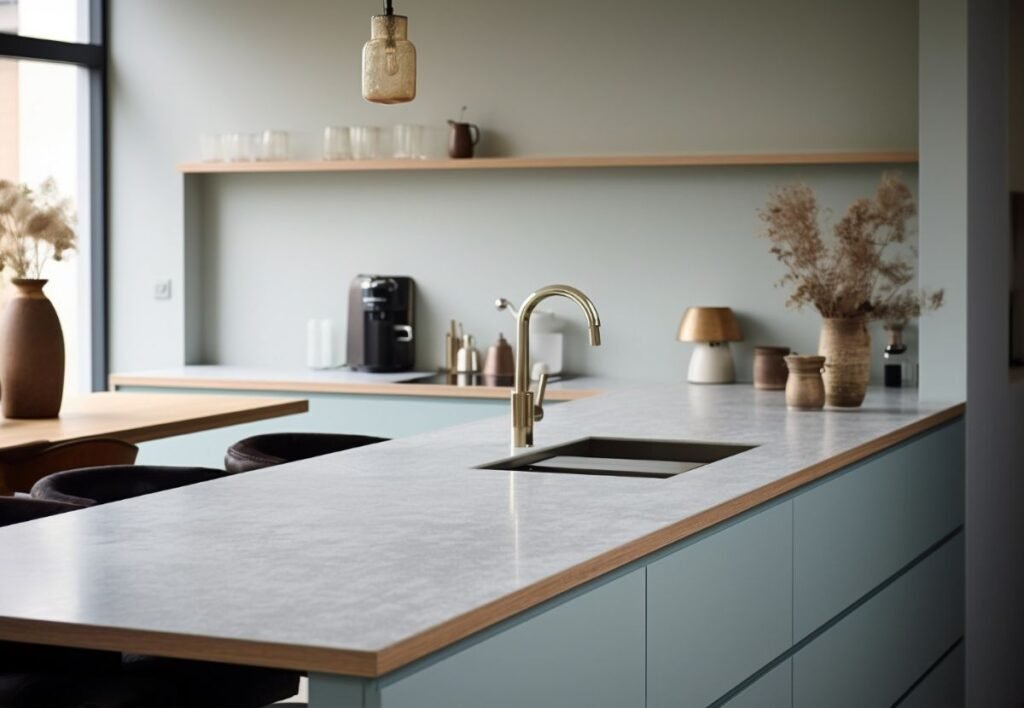
The right countertop material is essential for guaranteed durability. Besides, it adds style to your kitchen. Plenty of materials include granite, marble, quartz, laminate, and butcher block.
Granite and quartz are the most popular kitchen countertops for busy kitchens. It’s because they have proper strength and resistance to stains and heat. Also, you can find them in various colors and patterns.
Laminate is a decent countertop material for remodeling your small kitchen. It allows you to maximize your kitchen space without sacrificing style.
Medium kitchens fit well with solid surfaces like quartz for a balanced look. If you love elegant looks, granite or marble with a luxurious finish can be used in large kitchens.
5. Focus on Kitchen Lighting
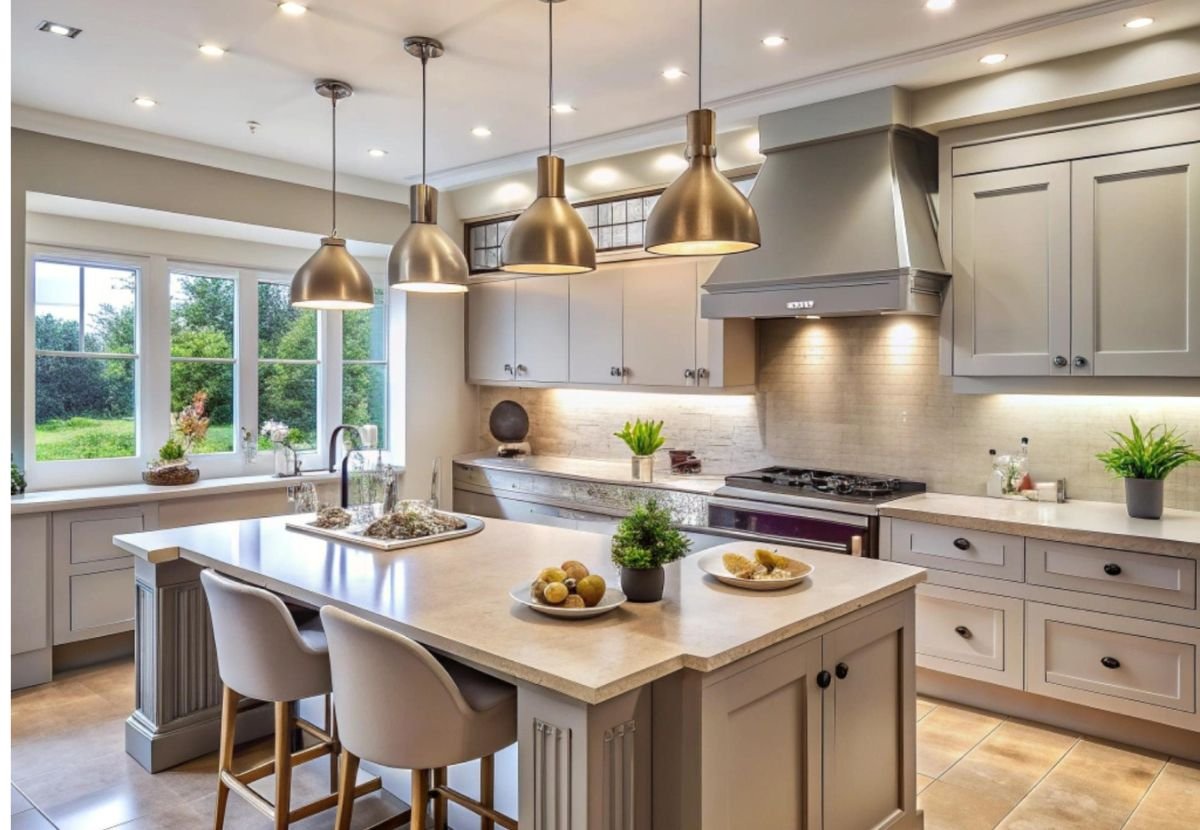
An open secret for a functional and inviting kitchen is appropriate lighting. Task, ambient, and accent lighting are the best choices to enlighten any kitchen.
Task lighting is right if you need focused light on specific areas, like the countertop and sink. But you shouldn’t use them to highlight specific kitchen features, like cabinetry. Accent lighting works well in this case.
You may feel cramped in your small kitchen. Ambient lighting provides illumination for your entire kitchen in this scenario. You can combine all of them for a better lighting experience. Consider installing a skylight or larger windows if you prefer natural light to these lighting setups. You can also use mirrors to reflect natural light throughout the kitchen space.
6. Maximize Storage Space
Think about smart solutions, like semi-custom cabinets, to utilize every inch of the kitchen space. They usually have space-saving features, such as pull-out drawers and corner cabinets.
You can also think about vertical storage options and drawer dividers. They significantly enhance the storage space. The best part is that they don’t compromise the kitchen’s style or functionality.
7. Incorporate a Functional Kitchen Island
A functional kitchen island is a stylish, as well as practical, addition to your kitchen. It provides extra counter space for food preparation, cooking, and dining. It can also serve as a gathering place for family and friends.
You can add stationary islands with drawers, cabinets, or shelves for additional storage. This is highly helpful for small kitchens. Another option is mobile islands with wheels. All of them can adapt to different kitchen layouts.
8. Choose Energy-Efficient Appliances
Investing in energy-efficient kitchen appliances means saving money on your energy bills. Besides, you contribute to reducing environmental impact in this way. So, look for appliances with the ENERGY STAR label. It indicates that they meet strict energy efficiency standards.
For example, you can choose a dishwasher with an energy-saving sensor that adjusts the wash cycle. For this reason, choose the refrigerator, oven, heater, and other kitchen instruments wisely.
9. Consider Your Style
Your kitchen should reflect your preferred style and taste. Think about the overall appeal you want to achieve. It could be modern, traditional, rustic, or eclectic.
Consider cabinet styles, flooring materials, countertops, and appliances. Transitioning between these elements should reflect your preferences.
10. Hire a Professional Designer
Not hiring a professional designer is a common mistake. You cannot do remodeling without prior experience and expertise. It will increase the cost and reduce the quality. Always opt for quality professionals with good track records instead of the cheaper ones.
T And J All In Remodeling is one such company with a good track record for kitchen remodeling service in Waukesha, Wisconsin. We have gained the customers’ trust with our 35 years of experience, skilled technicians, and hundreds of satisfied clients. Our technicians are well-trained and use modern technologies and tools to ensure efficiency. Contact us today to avoid any pitfalls during kitchen remodeling.
11. Plan for Family Needs
Ensure that kitchen items are stored in accessible locations for everyone, including children and those with mobility limitations. Think about the daily routines of your family members and plan the layout accordingly.
If you have elderly family members, prioritize safety features like slip-resistant flooring and low countertops.
12. Choose Durable Flooring Material
Kitchen flooring must be durable, easy to clean, and resistant to stains. The flooring materials that fulfill these criteria include tile, vinyl, and hardwood. Their longevity has been proven for years in various types of kitchens.
If you have a small kitchen, ceramic tile or vinyl plank flooring could be a space-saving solution. Medium kitchens fit well with ceramic and porcelain tile. They offer durability with comfort underfoot. Hardwood can be used in large kitchens for a warm, inviting feel.
13. Incorporate Modern and Contemporary Design Elements
Using design elements is all about increasing the appeal of your kitchen. For example, handleless cabinets and minimalist open shelving could be perfect for a contemporary kitchen.
If you need modern and contemporary design at a time, consider using custom plans. It could combine classic kitchen subway tiles with modern matte finishes. These designs help to maximize your kitchen space and appearance.
14. Consider Long-Term Use
There is barely any alternative to high-end materials if you wish to operate the kitchen in the long run. We’re discussing high-quality materials like quartz countertops, solid wood cabinetry, and durable tile flooring.
Investing in high-quality materials and appliances also gives you a premium feel. Moreover, you can consider energy-saving options to reduce long-term costs.
15. Prepare for Unexpected Expenses
Unexpected costs can arise during a kitchen remodel, even with careful planning. Additional costs include plumbing or electrical issues, hidden water damage, or structural repairs. So, set aside a contingency fund of around 10-20% of your budget. It can help to cover these surprises.
Avoid Common Kitchen Renovation Mistakes
- Don’t select the wrong countertop material for durability and maintenance.
- Skipping additional lighting isn’t a wise move. It can lead to dark or shadowy areas.
- Don’t make inappropriate appliance placement.
- Overcrowding the space with oversized furniture or fixtures is discouraged.
FAQs
Should I hire a professional kitchen designer?
Yes, you should hire a professional kitchen designer if you don’t have any expertise or experience. Doing it without prior experience will increase wastage and cost and reduce efficiency.
How long will my kitchen remodel take?
It generally takes 1-2 months to renovate a medium-sized kitchen completely. The time will vary depending on the size, complexity, materials, and labor cost.
How do I set up a temporary kitchen while mine is being remodelled?
Pick a nearby space with enough access to water and electricity to set up a temporary kitchen during a remodel. Keep portable appliances like a microwave, toaster oven, and hot plate. Use a small table and store essential accessories, such as utensils, dishes, and pantry items, in nearby bins or shelves.
How can I save money during my kitchen remodel?
Prioritize your needs and set up the budget beforehand by consulting a professional. Do not focus on luxury or trend over functionality and comfort. Use the right materials and hire a professional to reduce wastage.
What should I do if my kitchen space is small?
If your kitchen space is small, you should focus on maximizing efficiency. It’s all about using space-saving designs like compact appliances and smart storage solutions. Besides, go for multi-functional furniture, like a kitchen island with built-in storage. Also, you can utilize vertical space for cabinets and shelving

